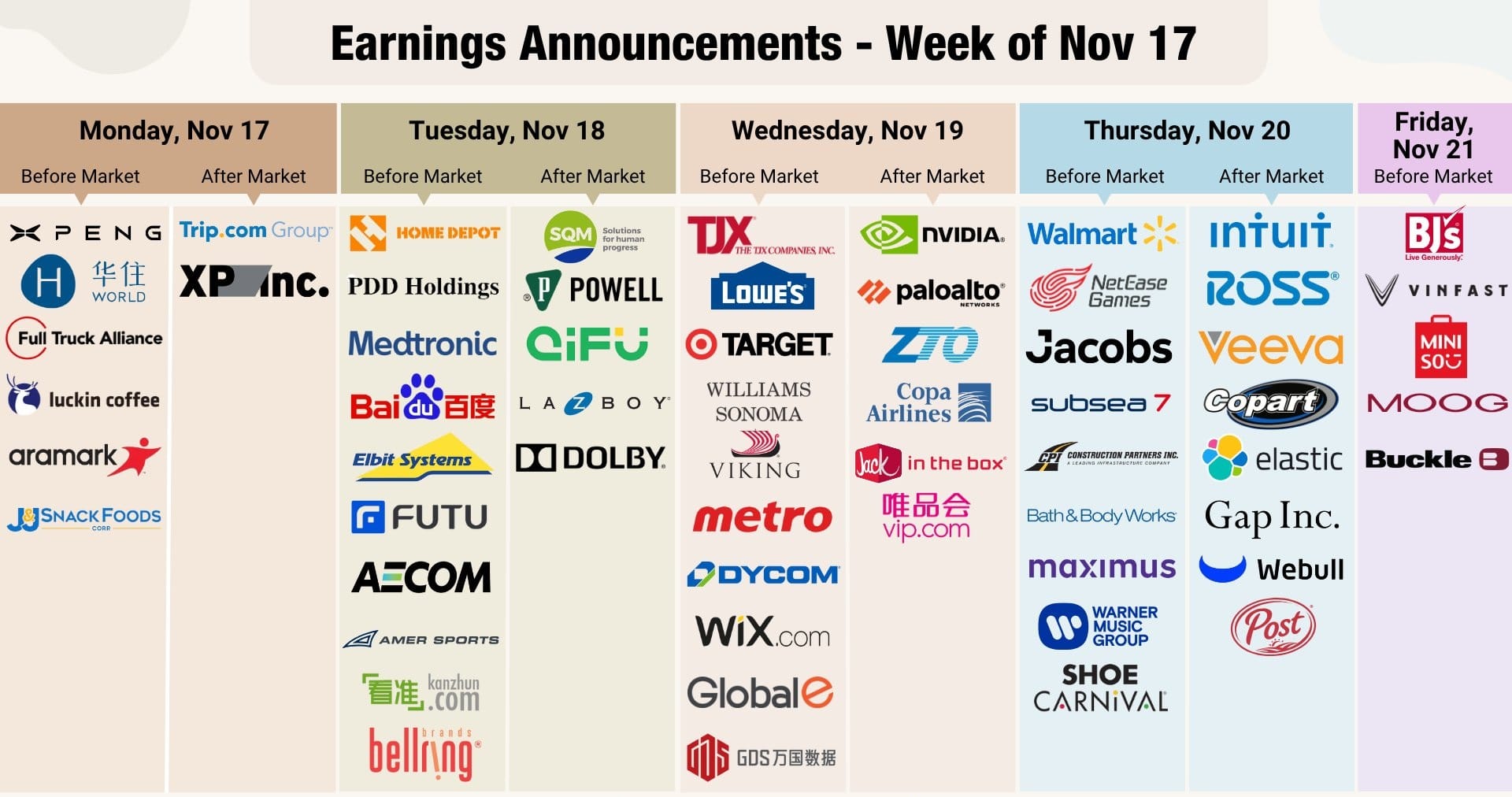I. Introduction – The New Era of Monetary Policy

Markets across the globe are recalibrating in response to a pivotal shift in monetary policy. For years, central banks—led by the U.S. Federal Reserve—maintained an aggressive stance against inflation. Now, signs of a softer tone from policymakers are reshaping investor expectations, sparking rallies in equities, driving bond yields lower, and setting the stage for new global market trends.
This analysis examines the Federal Reserve outlook, the corporate earnings that will guide market sentiment, the impact of geopolitical risks, and the evolving economic forecast. Together, these factors reveal how monetary policy decisions in Washington reverberate across industries, borders, and asset classes.
II. Market Recap: The Power of a Policy Signal
Powell’s Dovish Turn
The turning point came at the Kansas City Fed’s annual symposium in Jackson Hole, Wyoming. Fed Chair Jerome Powell stopped short of promising an imminent rate cut but emphasized a more balanced approach. His acknowledgment of labor market risks—alongside progress against inflation—signaled that the Fed is open to easing.
The phrase “shifting balance of risks” resonated deeply. Investors interpreted it as confirmation that overtightening now poses a greater threat than lingering inflation. This adjustment in tone marked the beginning of a new phase in monetary policy.
Equity Markets Respond
Equities surged in response. The Dow Jones Industrial Average climbed nearly 2%, closing at record highs, while the S&P 500 and Nasdaq both advanced. Gains concentrated in interest-rate-sensitive sectors such as housing, banking, and technology.
Canada’s S&P/TSX Composite rose nearly 1%, lifted by energy and technology names, while European indices also ended higher. These moves underscored how a single signal from the Fed can reset global market trends in a matter of hours.
Bonds and Yields
Bond markets moved sharply. The 10-year U.S. Treasury yield fell to 4.25%, while the 2-year yield—more sensitive to policy expectations—dropped below 3.7%. The flattening curve reflected near-term optimism tempered by long-term caution.
Dollar and Commodities
The dollar weakened, falling nearly 1% against both the euro and the yen. Lower interest rate expectations reduce demand for dollar-denominated assets. Gold rose 1%, benefiting from lower yields and renewed safe-haven demand. Oil prices remained volatile, caught between potential demand from easier monetary policy and uncertainty surrounding global energy supply chains.
III. Corporate Spotlight: Earnings in a Transition Economy
The final stretch of earnings season will test how companies are adapting to shifting monetary and economic conditions.
NVIDIA – The AI Bellwether
NVIDIA’s results will be a defining moment for technology investors. Analysts expect revenue to rise more than 50% year-over-year, driven by demand for AI infrastructure. Yet investors will scrutinize:
- Cloud spending from Amazon, Microsoft, and Google.
- Sales to China amid U.S. export restrictions.
- Supply chain resilience and long-term growth sustainability.
Given high valuations, even modest caution from NVIDIA could spark volatility across the broader tech sector.
Retailers as Consumer Barometers
Retail earnings provide a direct lens into the health of households under current monetary policy conditions.
- Dollar General is expected to post rising sales as shoppers trade down, signaling pressure on household budgets.
- Kohl’s faces declining sales and ongoing structural challenges, highlighting the struggles of traditional retail.
- Bath & Body Works is projected to show steady growth, supported by “small luxury” spending.
- Best Buy anticipates weaker revenue as inflation discourages big-ticket purchases.
Together, these results shape the economic forecast by revealing whether consumers remain resilient or are tightening spending.
Tech and Infrastructure
Dell Technologies is expected to benefit from AI-driven server demand, offsetting weakness in PCs. CrowdStrike is set to report nearly 20% revenue growth, though its slowest pace since going public. These companies’ guidance will show how enterprise IT budgets are holding up in an uncertain environment.

IV. Policy Arena: Central Banks, Inflation, and Trade
The Federal Reserve Outlook
Beyond Powell’s remarks, speeches from other Fed officials will be dissected for signs of consensus. Investors expect the Fed to cut rates as early as September, but confirmation requires softer inflation data.
PCE Inflation – The Fed’s Preferred Gauge
The Personal Consumption Expenditures (PCE) index is the key release. Forecasts:
- Headline PCE up 0.2% month-over-month, 2.6% year-over-year.
- Core PCE up 0.3% monthly, 2.9% annually.
A weaker reading would cement expectations for a cut. A stronger one could inject fresh uncertainty.
Trade Dynamics
Canada has announced the removal of retaliatory tariffs on U.S. goods, easing friction and supporting North American trade. Meanwhile, U.S. tariff policies remain central to fiscal debates, with projections that they could meaningfully alter deficits over the coming decade.
V. Geopolitical Risks and Industrial Policy
Markets remain deeply sensitive to geopolitical risks.
- Cenovus’s C$7.9 billion takeover of MEG Energy consolidates Canada’s oil sands sector, highlighting strategic moves in energy amid regulatory pressure.
- The U.S. government’s 10% stake in Intel marks a bold step in industrial policy, supporting semiconductor independence and national security.
- JPMorgan’s $330 million 1MDB settlement underscores the compliance risks faced by global financial institutions.
- Musk, Zuckerberg, and OpenAI remain in the headlines, reflecting the high-stakes battles for dominance in AI.
Each of these developments interacts with monetary and fiscal policies, shaping both market sentiment and the longer-term economic forecast.
VI. Technology and Transformation
The technology sector remains at the intersection of innovation, regulation, and monetary conditions.
- Apple is in talks with Google to integrate Gemini AI into Siri, a sign that even tech leaders are seeking external solutions to keep pace in the AI race.
- Waymo’s approval to test self-driving cars in New York City highlights progress in autonomous vehicles.
- Tesla’s Cybertruck price increase underscores the tension between ambitious design and cost realities.
In each case, investor sentiment is tied not only to technological breakthroughs but also to the Federal Reserve outlook, which influences capital flows into growth sectors.

VII. The Week Ahead: Data as Market Driver
Markets will turn to upcoming data to confirm or challenge the Fed’s policy stance.
- Tuesday: Durable goods orders (business investment signal) and consumer confidence.
- Thursday: GDP revision, jobless claims, and preliminary core PCE.
- Friday: Personal income, spending, and the PCE inflation index—the most critical release ahead of the September FOMC meeting.
Together, these numbers will refine the economic forecast and dictate whether monetary policy easing is justified.
VIII. Conclusion: Navigating Shifting Signals
The global economy is entering a new phase. The fight against inflation is giving way to a cautious pivot toward monetary easing. Powell’s shift in tone has already triggered rallies in equities and declines in bond yields, but the road ahead is far from certain.
For investors, the path forward requires balance:
- Opportunities lie in rate-sensitive sectors such as housing and financials, as well as companies aligned with AI and infrastructure growth.
- Risks remain in overvalued tech stocks, unresolved geopolitical risks, and the potential for inflation surprises.
The coming weeks will hinge on the Federal Reserve outlook, corporate earnings guidance, and fresh economic data. As monetary policy evolves, so too will the contours of global market trends and the broader economic forecast.












